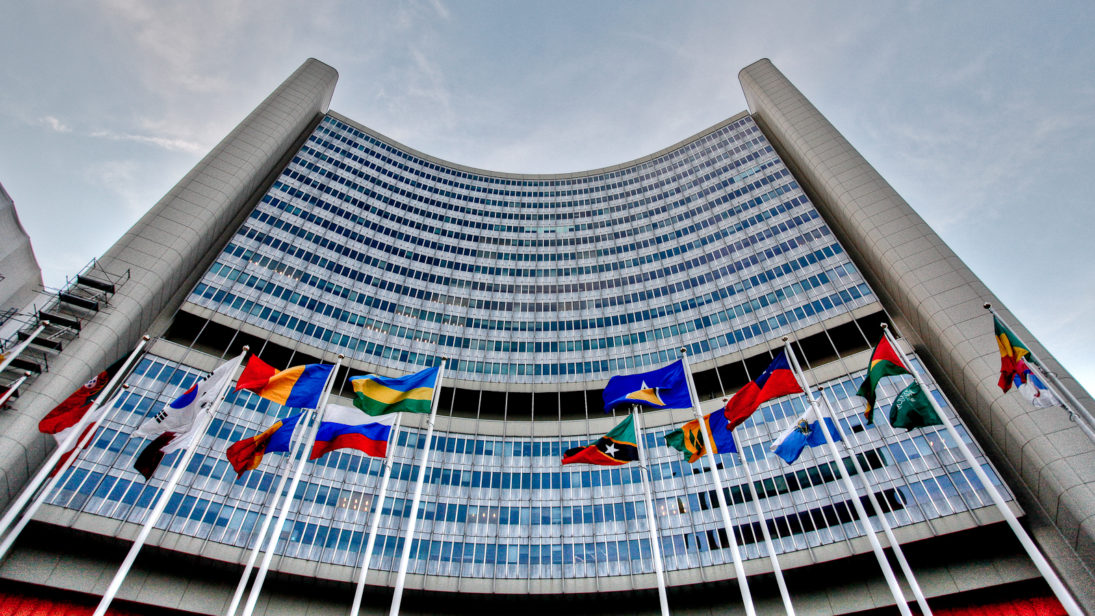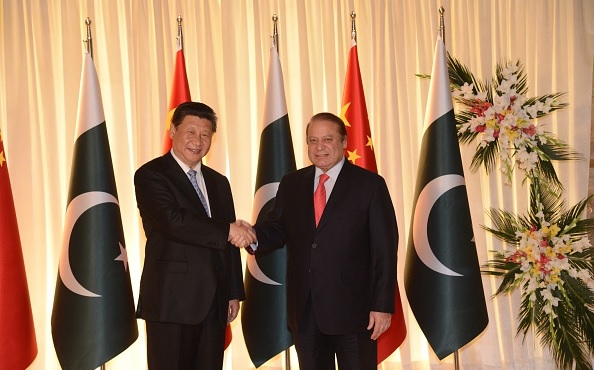
Last month’s Vienna plenary session that was held to discuss rules for non-Nuclear Nonproliferation Treaty (NPT) states’ inclusion into the elite nuclear cartel is largely being viewed as a setback for India’s Nuclear Suppliers Group (NSG) bid. Ahead of this meeting, India was hopeful of whittling away the opposition to make way for its entry into the group. However, as the country’s newspaper headlines had indicated in June, this move turned out to be two steps forward, one step backward. Apart from China, Russia, Turkey, Austria, Switzerland and Ireland, all of which maintained their earlier position from the June plenary meeting to deny India’s appeal, a serious blow was the stance of Brazil and New Zealand, which had indicated they would support India’s candidature. Italy, Belarus, Kazakhstan, and Belgium also called for a criteria-based approach. Thus, notwithstanding U.S. efforts for India’s exceptional and unconditional entry, an impasse still exists on offering exclusive treatment to India. Nevertheless, this special meeting, convened for two days, conveyed India’s diligence and resilience with respect to its NSG candidature.
At the theoretical level, the commercial aspect and not India’s commitment to the nonproliferation regime, is broadly viewed as the main reason behind the United States’ preferential treatment to India. The Indo-U.S. nuclear agreement identified selling of at least eight new 1,000 megawatt power reactors to India, capable of recycling at least $25 billion dollars and providing 15 to 18,000 in direct or indirect jobs for the United States, some estimates indicate. Later, President Obama called for India’s membership in the United Nations Security Council, followed by an announcement of trade deals with India worth $10 billion, which would support 54,000 jobs in the United States. The trends of policy convergence and cooperation between the two countries can be seen in recent times also, prominently including U.S.-India civil space and technology cooperation and the Logistics Exchange Memorandum of Agreement (LEMOA) , which allows both states to use the other’s military facilities for refueling and repair. Though, practically, both states are reaping less commercial benefit than perceived, and their bilateral trade indicators since 2008 are not impressive. Thus, India’s partnership with the United States and its aspiration to join NSG is deemed by analysts more a symbolic gesture aimed at improving its status as a powerful nuclear state, rather than to gain technological advantages that would accumulate from joining NSG. United States’ Pivot to Asia policy and India’s Act East policy show a convergence of interests between the two states. Thus, the two countries seem to be pursuing their geostrategic and geoeconomic interests rather than complying with nonproliferation obligations.
Conversely, Pakistan desires NSG membership because it anticipates acquiring nuclear equipment and technology for the safety of its nuclear power plants. Pakistan did not contest vehemently for NSG membership before, but lately it has launched reinvigorated efforts for NSG candidacy, exercising political heft and interacting with leaders and representatives of NSG members to brief them about its credentials. Besides this, it seeks to dispel the impression that the exceptional NSG waiver granted to India in 2008 can be a justification for India’s NSG membership. It believes that a misstep should not become precedent for the future. Moreover, due to the possibility that India being in the NSG could permanently block Pakistan’s entry into the group, Pakistan has intensified efforts to ensure nondiscriminatory membership criteria for all non-NPT states instead of a merit-based approach. Pakistan forcefully opposes the United States push for India’s exclusive entry into the nuclear mainstream, because it has reservations about India’s proliferation credentials and this special treatment exacerbates Pakistan’s security dilemma. Pragmatically, the exceptionalism for India will permanently close ways for Pakistan’s nuclear mainstreaming, a concern that validates Pakistan’s uneasiness, while universal criteria for all non-NPT states can strengthen the nonproliferation regime.

By and large, it is presumed that Pakistan’s move to apply for NSG at the last moment was a diplomatic maneuver backed by China to spoil the Indian case. However, Pakistan’s foreign office negates this argument, claiming that Pakistan was pursuing its course to join export control regimes, particularly NSG, long before India applied for NSG membership. They further argue that Pakistan passed the Export Control Act on Goods, Technologies, Materials and Equipments related to nuclear and biological weapons and delivery systems in 2004, and announced its lists of goods and technologies subject to regulatory control in 2005 followed by review in 2011, ensuring its compliance with the NSG lists. Due to these steps taken over a long period of time, Pakistan was able to apply for NSG membership within a week of the Indian application.
Ideally, Pakistan and India should have been asked in 2008 to adhere to strong nonproliferation commitments in order to join the nuclear cartel. This would have put nuclear restraints in South Asia. Now, a decade later, India has accessed enough nuclear technology to survive without NSG membership. Thus, meeting a new criterion, for instance joining multilateral NPT or signing a bilateral arrangement on non-testing of nuclear weapons, will not be easy for India. But what cost India is ready to bear for prestige is yet to be seen.
Although it is the second time this year that the NSG meeting has ended without reaching a consensus on the agenda, Pakistan feels encouraged by the increasing number of states supporting a neutral and universal formula. It is hoped that NSG states would develop criteria for all non-NPT states in future. However, if India alone gains NSG membership, with exemption from nonproliferation obligations, it will not only infuriate Pakistan to expand its nuclear capacity, leaving no inducement to maintain its international engagements in line with nonproliferation norms, but also call into question international efforts to curb proliferation.
Editor’s note: Despite concerted efforts in 2016, membership of the Nuclear Suppliers Group (NSG) still eludes India and Pakistan. This two-part series analyzes India and Pakistan’s next steps to further their NSG candidacy. Read the entire series here.
***
Image 1: IAEA Imagebank, Flickr
Image 2: Andalou Agency, Getty Images


